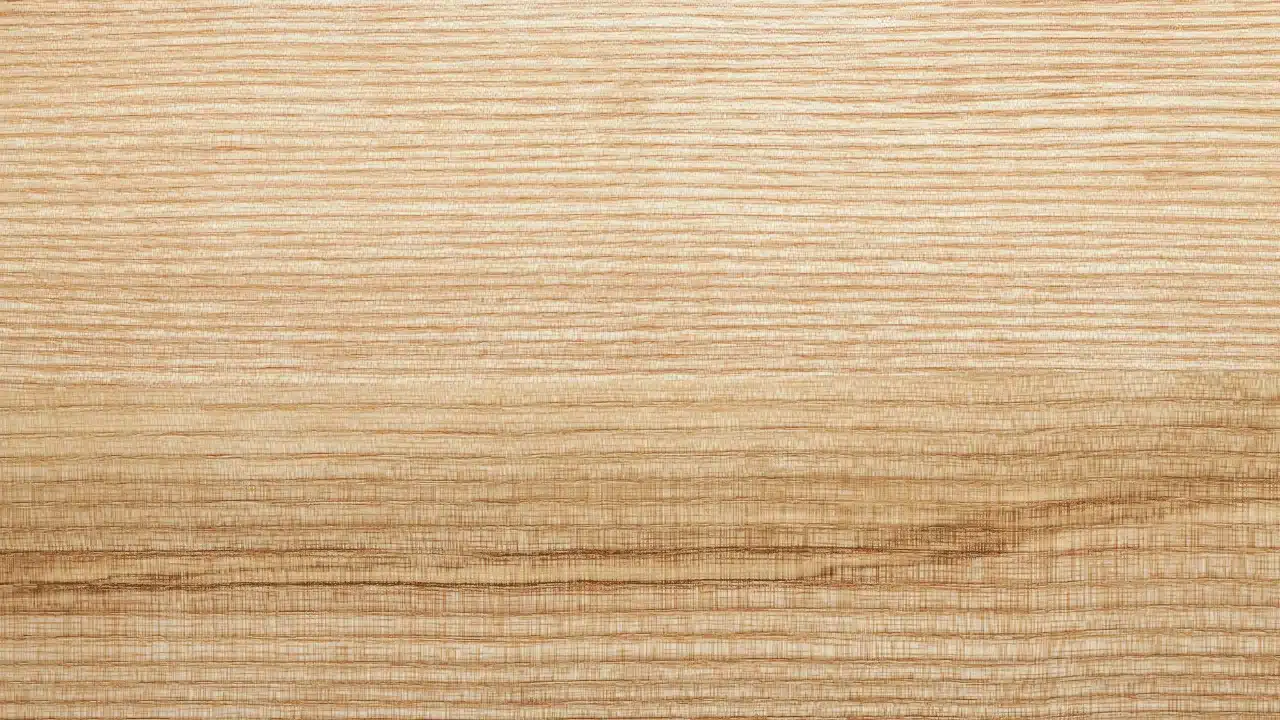Wood is a natural product that has been used by humans for thousands of years. A versatile material and there are many different types of woods. Each type of wood has its characteristics, and it is important to select the right type of wood for the job.
The history of wood usage is fascinating. It was first used as a tool or weapon, and then it was used for construction. Wood has been used to build everything from houses to boats to bridges. Today, wood is still used for construction, as well as for many other purposes.
Knowing about the different types of wood available and what their strengths and weaknesses are can help you choose the right type of wood for your particular furniture project. It can also help you troubleshoot problems down the road if something goes wrong with your piece.
In the below article, we will introduce you to the 19 different types of wood and their usage.
Hardwood and Softwood
Woods are classified according to their properties. The most common classification of real wood is soft to hard. It should be noted that softwoods are typically from coniferous trees, while hardwoods come from deciduous trees.
Softwoods are generally cheaper and easier to work with than hardwoods. They are also lighter and less dense. Softwoods are often used for construction, furniture, and toys. Some common softwoods include pine, cedar, and spruce.
Pros of Softwoods:
- Cheaper than hardwoods
- Easier to work with
- Lighter than hardwoods
- Less dense than hardwoods
Cons of Softwoods:
- Less durable than hardwoods
- Not as strong as hardwoods
Hardwoods are more expensive and harder to work with than softwoods, but they have many advantages. Hardwoods are stronger and more durable than softwoods, and they can be carved or turned into beautiful furniture. Some common hardwoods include oak, maple, and walnut.
Pros of Hardwoods:
- Stronger than softwoods
- Durable than softwoods
- Can be carved or turned into beautiful furniture
Cons of Hardwoods:
- More expensive than softwoods
- Harder to work with than softwoods
Classification Based on Further Properties
Woods can also be classified according to their density, color, grain, and other characteristics.
Hardness: Janka Hardness Scale, measures the force required to embed a steel ball halfway into a piece of wood. The higher the number on the scale, the harder the wood. For example, ebony is one of the hardest woods and has a Janka rating of over 3,000.
Density: It can also be classified by its density and color. Dense woods are heavier and stronger than light woods. They are better suited for furniture that will be used in high-traffic areas or outdoors, where they will need to withstand more wear and tear.
Color: Some light-colored woods, such as birch and maple, are less likely to show scratches and blemishes than darker woods like mahogany and walnut. This can be important when choosing wood for furniture that will be frequently used or seen by others.
Wood Grain: The grain of the wood can also be a factor in its suitability for certain applications. Straight-grain woods are smoother and easier to work with, while coarse-grained wood is more durable and better suited for outdoor furniture.
Many other factors can affect the suitability of a particular type of wood for a specific application. These include the wood’s resistance to rot, insects, and fire; its ability to absorb and hold paint or stain; and its price.
When choosing wood for your furniture project, it is important to consider all of these factors and choose the type of wood that is best suited for your needs.
Types of Woods
Mahogany
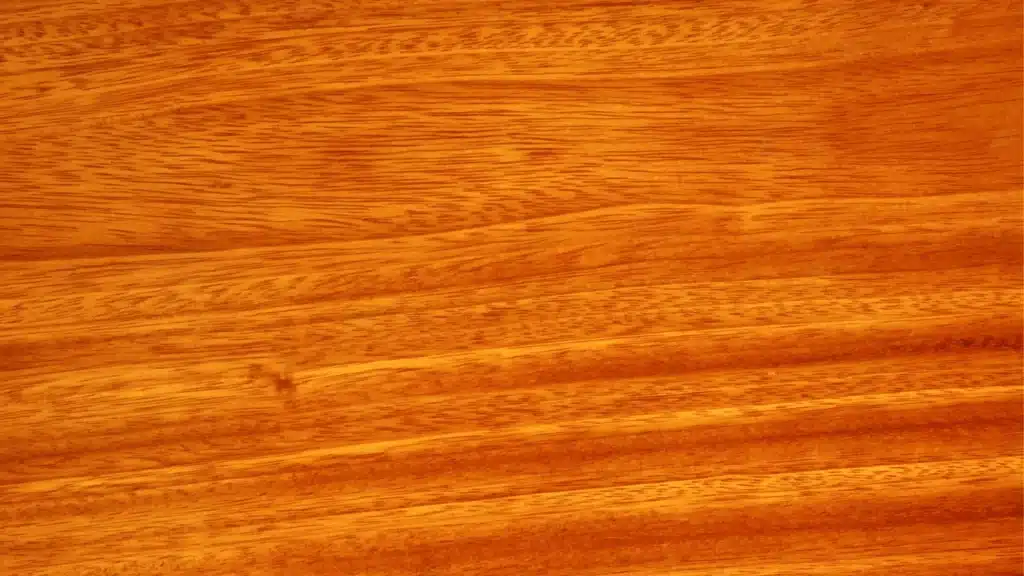
Mahogany is a type of hardwood that is often used in furniture-making. It grows in Central America, South America, and the Caribbean. It is a durable wood that is resistant to rot and insects, and it can be stained or painted to match any color scheme.
Mahogany is an important part of the furniture industry, and it is used to make everything from tables and chairs to beds and dressers. It is also one of the most expensive types of wood available, so it is not always affordable for everyone.
However, its environmental impact has come into question in recent years. Mahogany trees are often harvested illegally, which can damage the environment and lead to the destruction of critical habitats.
Oakwood
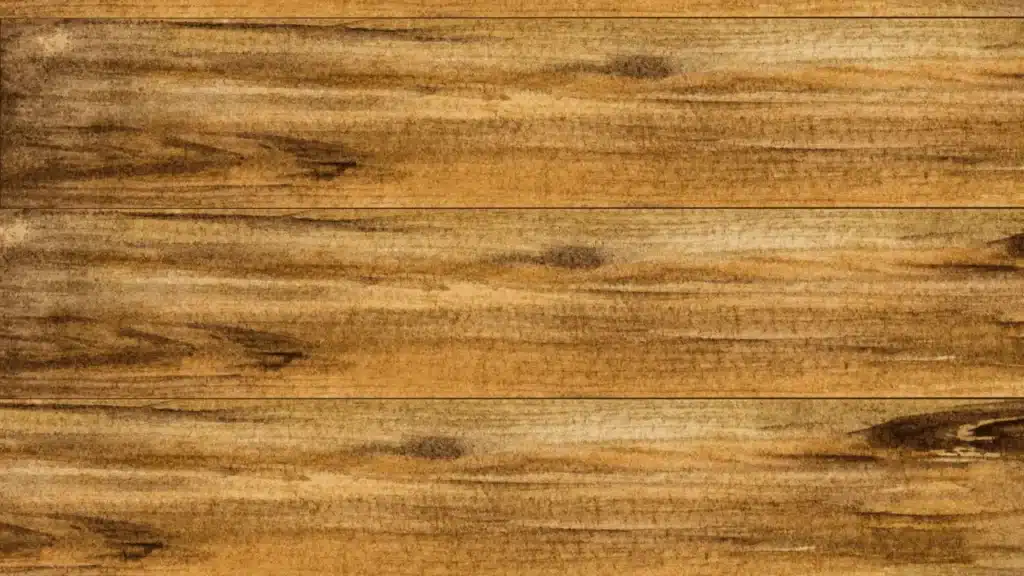
Oak is a hardwood that grows in North America and Europe. It is used in furniture-making because of its hardness and strength. Oak furniture is often left unfinished so that the natural grain of the wood can be seen.
It is a sustainable resource, and it is often used in furniture made for the outdoors because it is resistant to decay and rot.
Walnut
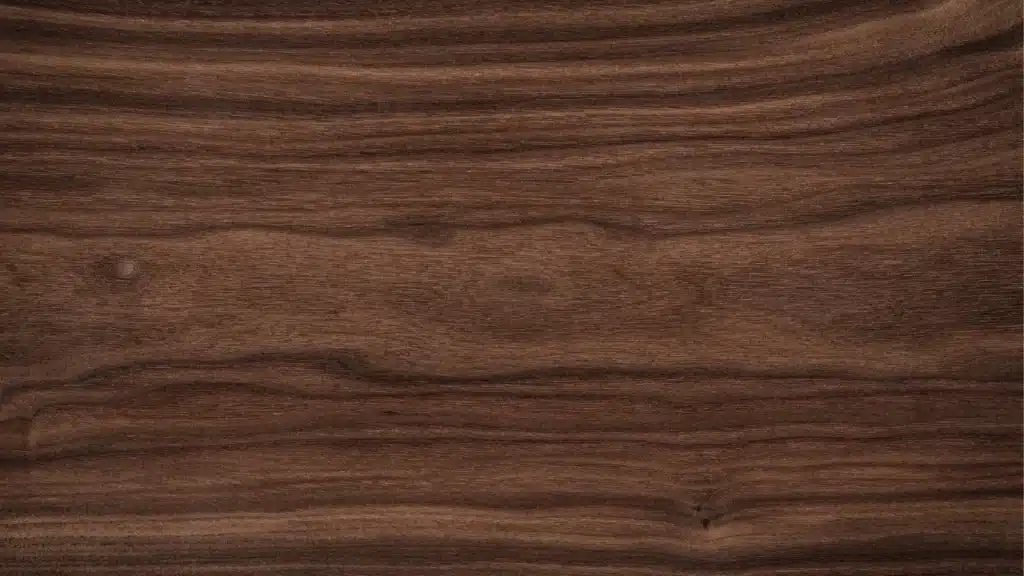
Walnut(Hardwood) trees are usually found in temperate climates. They grow best in areas with well-drained soil and plenty of sunlight.
Walnut trees have a long lifespan and can be harvested for use in furniture-making for many years. There are two main types of walnut trees: black walnut and Persian walnut.
The wood from black walnut trees is denser and harder than the wood from Persian walnut trees. This makes black walnut wood a popular choice for furniture-making, as it is more durable and resistant to wear and tear.
Black walnut wood also has a beautiful dark brown color that can be left natural or stained to match any décor. Persian walnut trees are not as common as black walnut trees, but their wood is also used in furniture-making.
Persian walnut wood is lighter in color than black walnut wood and has a finer grain. This makes Persian walnut wood less durable than black walnut wood, but it is still a popular choice for furniture because of its aesthetic appeal.
Both black walnut and Persian walnut trees have a low environmental impact, due to their long lifespan and slow growth rate.
Pine
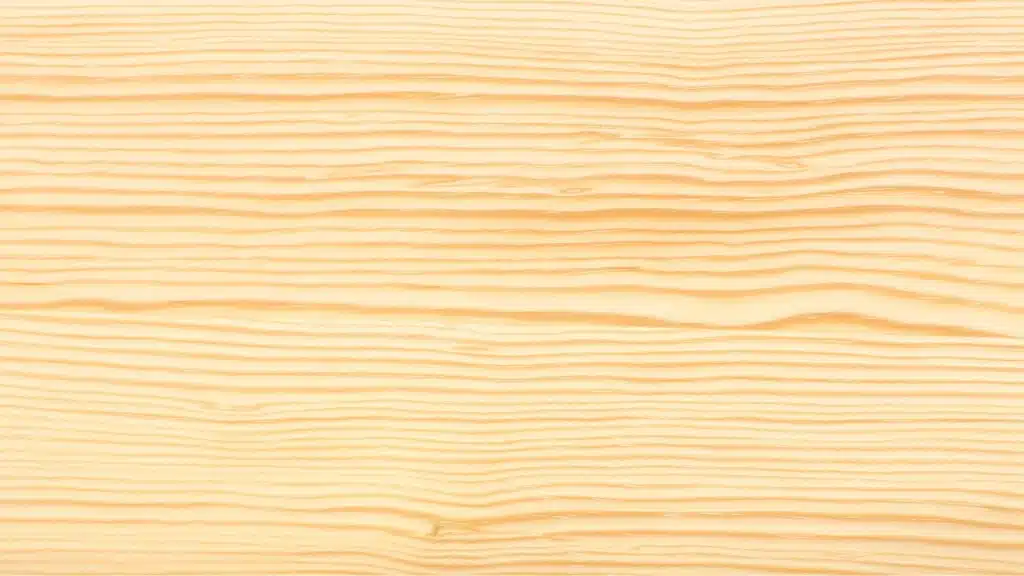
Pinewood is a type of softwood that is most commonly used for construction projects, including flooring, roofing, and framing. It is also often used for furniture and cabinetry.
Pine trees grow in cold climates all over the world, and the wood has several unique characteristics that make it well-suited for these applications.
One of the main benefits of pine wood is its strength and durability. It is a relatively tough wood that can withstand a lot of wear and tear, making it ideal for use in high-traffic areas.
In addition, pine wood has a natural resistance to decay and pests, which makes it a good choice for outdoor projects.
Another key benefit of pine wood is its affordability. It is often less expensive than other types of softwood lumber, making it a popular choice for budget-conscious builders and homeowners.
Finally, pine wood has a distinctive look and feel that can add character to any project. It has a light brown color and a rustic texture that can give a room or building a warm, cozy feeling.
Maple
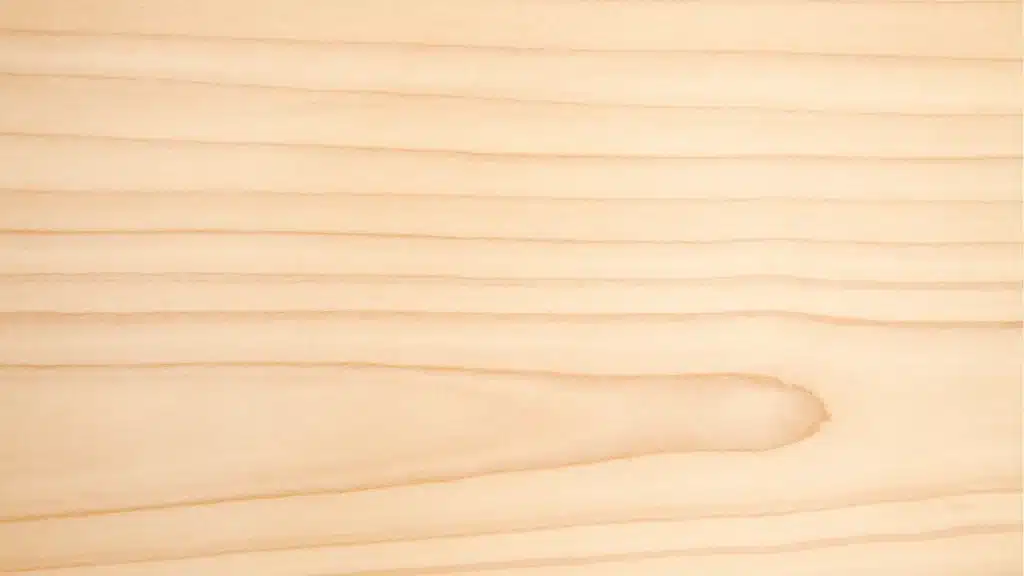
Maple wood is a type of hardwood that is typically used for furniture, flooring, and cabinetry. It is a strong and durable wood that is also resistant to rot and decay.
Maple trees are native to North America and can be found in a variety of climates, from cold northern climates to warm southern climates.
There are two main types of maple wood: hard maple and soft maple. Hard maple wood is denser and harder than soft maple wood, making it a better choice for furniture that will see a lot of use.
Soft maple wood is lighter in weight and has a more delicate grain, making it better suited for projects where aesthetics are more important.
Maple wood is a renewable resource and is therefore environmentally friendly. It is also a relatively soft wood, which makes it easy to work with.
Maple wood is an excellent choice for a variety of applications like furniture, flooring, and cabinetry. It is also a popular choice for fireplace mantles.
Cherry Wood
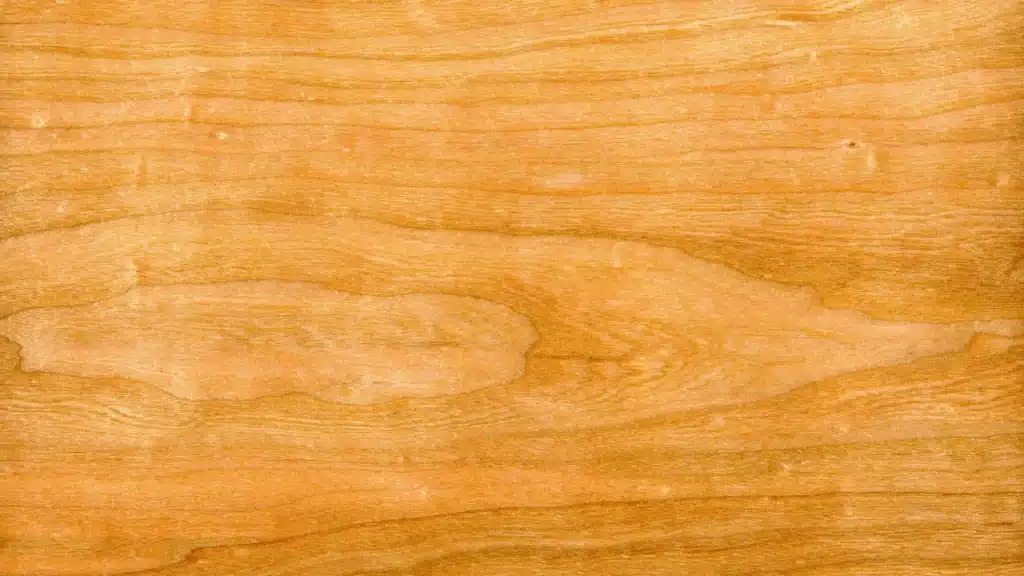
Cherry wood is a type of hardwood that is typically light reddish-brown. It has a smooth texture and a fine grain. Cherry wood is often used for furniture, cabinetry, and flooring.
Cherry trees are native to the United States and grow in the eastern and midwestern states. The trees grow to a height of 60-80 feet and have fragrant white flowers that bloom in the spring. The fruit of the cherry tree is a cherry pit that is red or black.
Cherry wood is strong and durable and has high moisture resistance. It also has a low tendency to warp or twist. Cherry wood is often used for furniture because it is beautiful and strong. It can also withstand wear and tear well.
Ash Wood
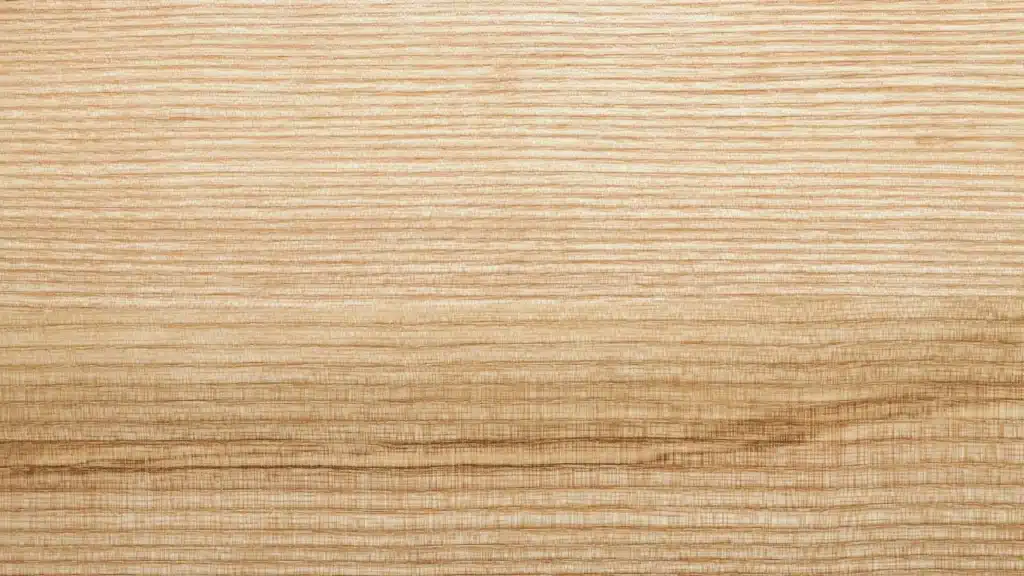
Ash is a hardwood tree that is typically found in the eastern and central United States. The tree can grow to be around 100 feet tall and has a diameter of 2-3 feet. Ashwood is heavy and strong, making it ideal for use in furniture, flooring, and other construction applications.
These trees are native to North America and can be found in a variety of habitats, including floodplains, swamps, and dry uplands. The trees prefer moist soils but can also tolerate drought conditions.
Its wood is used for a variety of purposes, including furniture, flooring, sporting goods, tools, cabinets, and musical instruments. Wood is also used to make paper and ethanol fuel.
Ash trees are important components of forest ecosystems. They provide food and shelter for wildlife and help to improve water quality by filtering pollutants from the soil and water. Ash trees are also valuable sources of timber.
However, ash trees are susceptible to the emerald ash borer beetle, which has caused extensive damage to ash populations in the United States.
Beech Wood

Beechwood is a durable, strong wood that is often used in furniture and flooring. It is also used for construction, boatbuilding, and other purposes. They are native to North America, Europe, and Asia. They grow in a variety of climates and can reach heights of over 150 feet.
Beech trees have smooth bark and light-colored wood. The sapwood is thin and the heartwood is dense. The wood is resistant to decay and insects.
Beech trees are typically used for pulpwood, fuelwood, and veneer. They have a moderate environmental impact as they are not often used for large-scale production.
Elm Wood
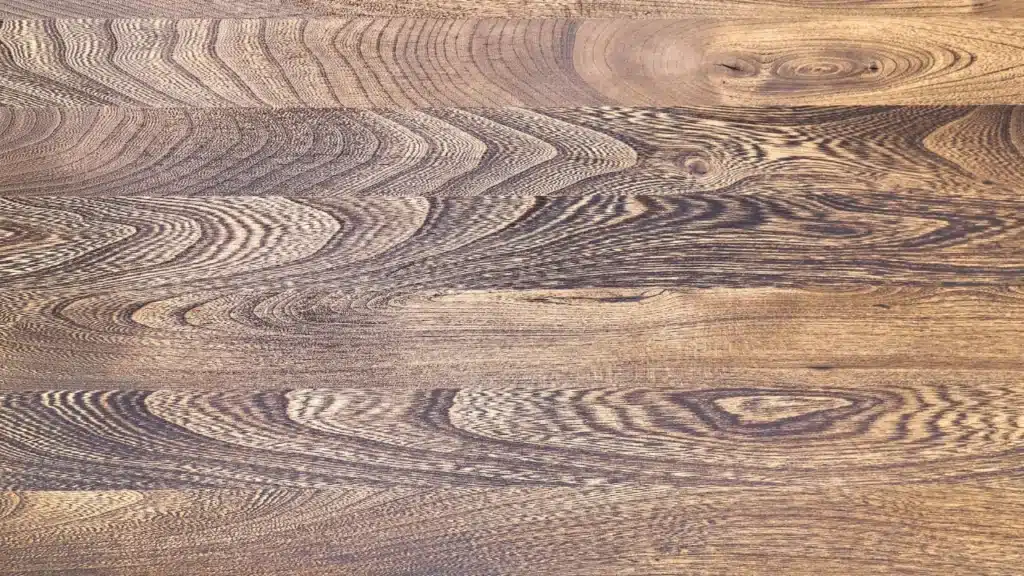
Elmwood is a type of hardwood tree that is found in North America and Europe. The tree can grow to be over 100 feet tall, and its trunk can measure up to 3 feet in diameter. The bark of the elm tree is smooth and gray, and the leaves are green and oval-shaped.
The flowers of the elm tree are small and yellow, and the fruit is a nut that is encased in a prickly husk.
Elmwood is resistant to insects and decay, used for a variety of purposes, including building furniture, cabinets, doors, and floors. The wood is also used for making musical instruments, such as violins and guitars. Elm wood is strong and sturdy, and it does not warp or shrink easily.
Elm trees are generally planted in areas where there is plenty of room for them to grow. They prefer moist soil that is rich in nutrients. Elm trees grow best in climates that are cool or temperate.
Hickory Wood
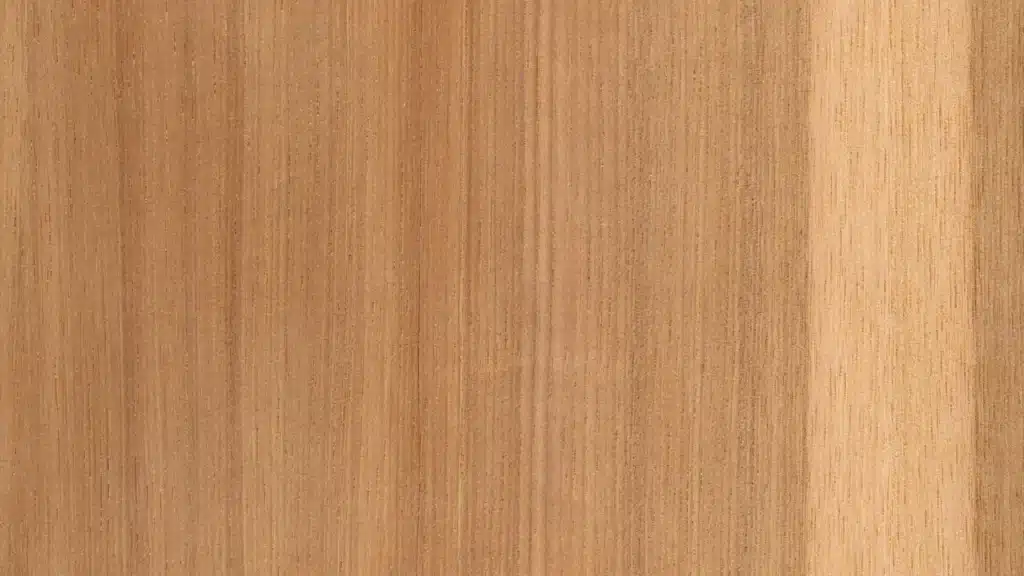
Hickory is a type of tree that belongs to the genus Carya. There are around 18 species of hickory, which are native to Asia, North America, and Central America. The word “hickory” is derived from the Powhatan language, and it means “hardwood”.
The main characteristics of hickory wood are its strength, durability, and beautiful wood with a red yellowish brown color.
It has a beautiful color that can enhance the look of furniture or cabinetry. However, hickory wood also has some environmental impacts. It is a heavy wood, so it can be difficult to transport and use.
In addition, hickory trees are not always easy to find, so it can be expensive to use hickory wood in furniture or cabinetry.
Poplar Wood
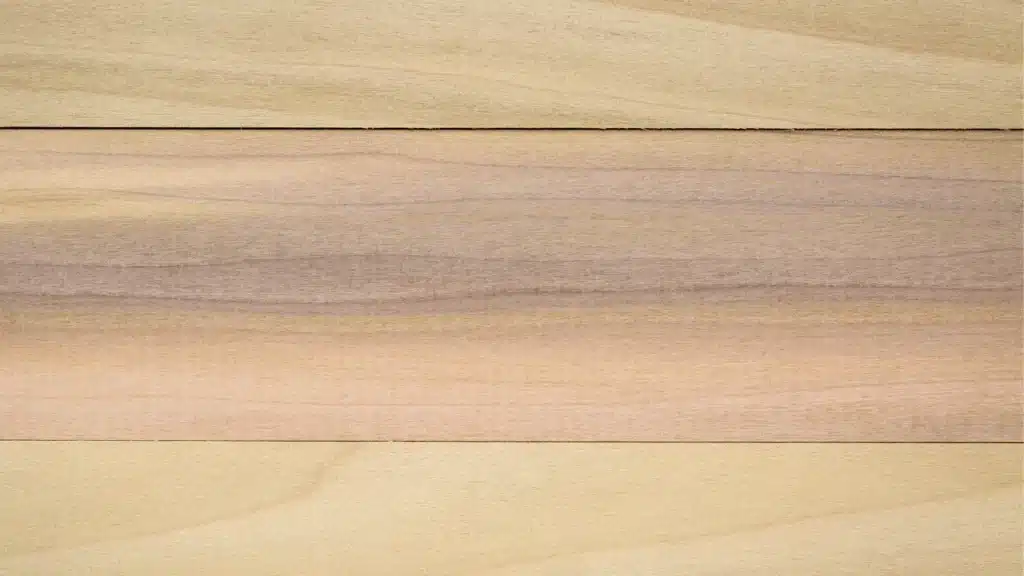
Poplar wood is a type of hardwood that is typically light in color and has a relatively even grain. It grows best in moist soils along riverbanks, but can also be found in other wetland habitats. It is a fast-growing tree and can be harvested at a young age.
Its wood is used for a variety of applications, including cabinetry, furniture, and especially for making matchsticks and toothpicks. It is strong and durable, but also lightweight, resistant to rot and decay, which makes it a popular choice for use in outdoor applications.
However, it is not as resistant to insects and other pests as some other types of hardwood. Poplar wood has a low environmental impact, due to its fast growth rate and recyclable qualities.
Red Wood
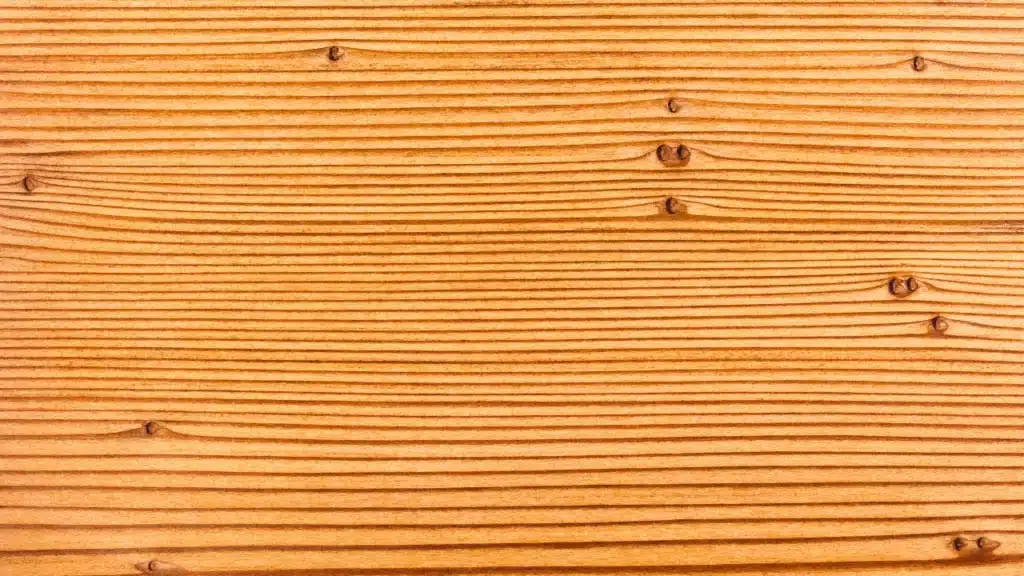
Redwood is a type of wood that grows in the United States. It is mainly found in California and Oregon. The main characteristic of redwood is its color – it is a deep red or reddish brown. Redwood is strong and resistant to decay, so it is often used for building purposes. It also has a high oil content, which makes it resistant to fire.
However, redwood is not as strong as some other types of wood, so it should be used with caution. Environmental impact is also a concern with redwood – it is a slow-growing tree and is often logged for its wood. This can lead to deforestation and habitat loss.
Sycamore Wood
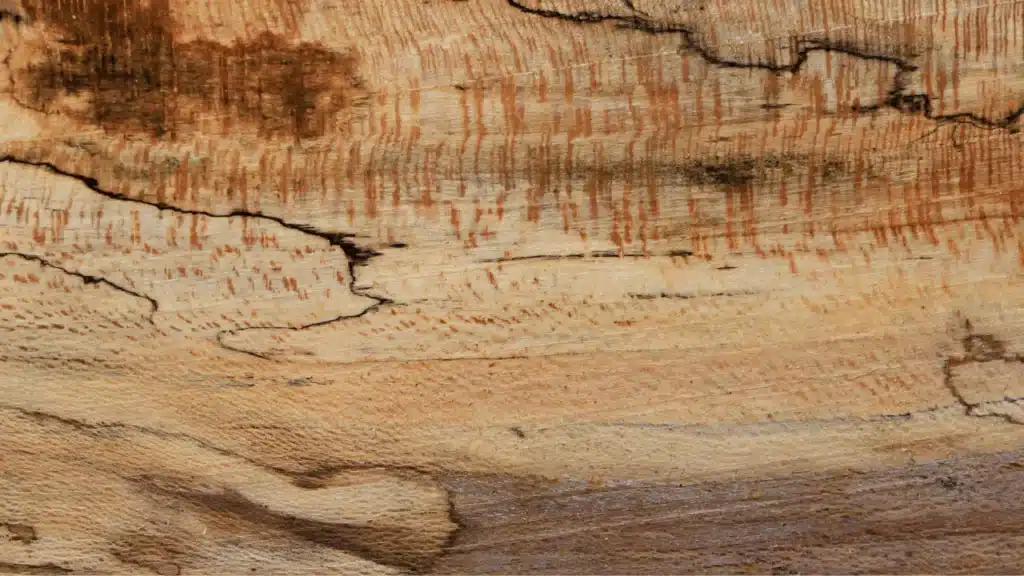
The Sycamore is a type of hardwood tree that grows in temperate climates. The tree can grow up to 100 feet tall, and its trunk can reach diameters of up to 5 feet. The wood is heavy and strong, and it has a reddish-brown color.
The Sycamore tree is not considered to be an endangered species, but its wood is becoming increasingly rare. This is because the tree is slow-growing, and it takes many years for the wood to reach maturity.
When it comes to environmental impact, the Sycamore tree is considered to be a positive force. The tree helps to improve air quality by absorbing pollutants, and it also provides shelter and homes for wildlife.
The tree’s wood is also a renewable resource, meaning that it can be used over and over again without damaging the environment. However, the process of harvesting wood can harm the environment.
This is because the tree is often harvested using heavy machinery, which can damage the surrounding ecosystem. Additionally, the Sycamore tree is often grown in monoculture plantations, which can lead to soil erosion and other problems.
Teak Wood
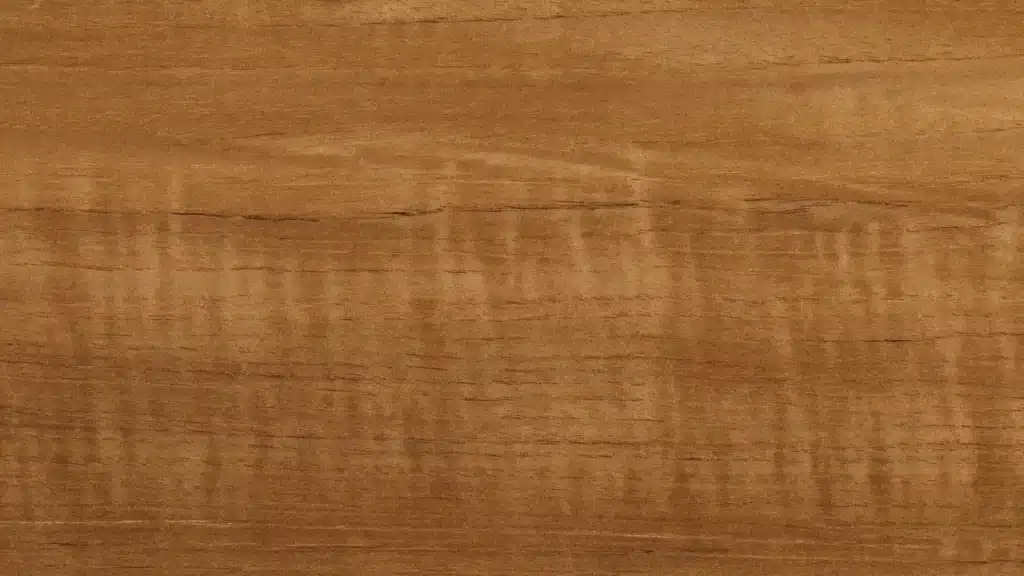
Teak is a type of hardwood, native to Southeast Asia and grows mainly in Indonesia, Thailand, and Myanmar. The Teak tree is a tall, evergreen tree that can grow up to 100 feet tall.
It has several main characteristics that make its wood so valuable. First, its wood is very strong and durable. It is resistant to rot, decay, and termites, making it a popular choice for furniture, etc.
Second, Its wood has a beautiful golden color that darkens over time to a rich brown color. Third, It is relatively lightweight compared to other types of wood, which makes it easier to work with.
Finally, the wood is environmentally friendly. It is harvested sustainably and does not release any harmful toxins into the environment.
Birch Wood
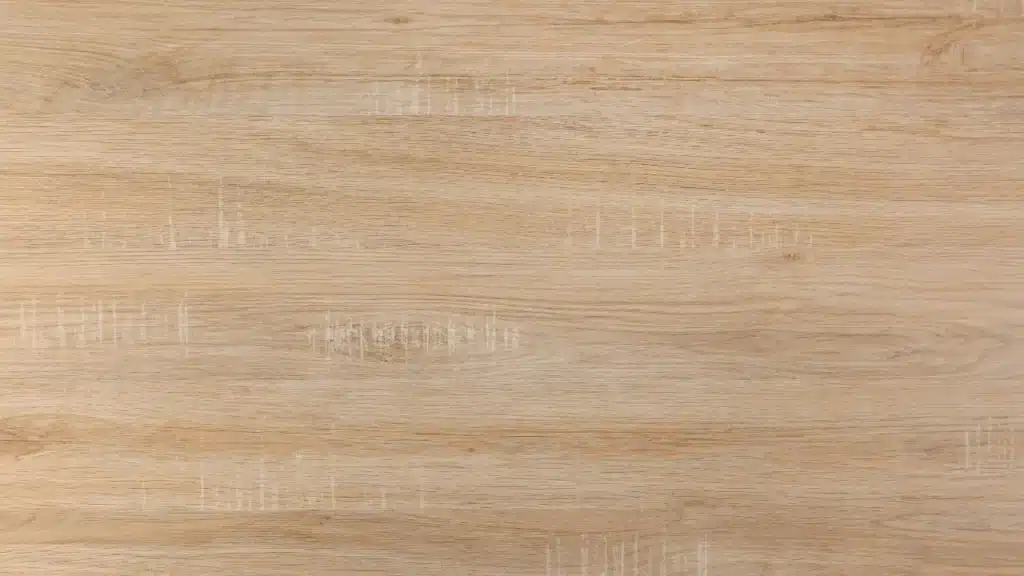
Birchwood is a type of hardwood that is typically light in color with a reddish hue. It is strong and durable, making it a popular choice for furniture. It is also resistant to wear and tear, making it a good choice for high-traffic areas.
Birchwood is sourced from the birch tree, which is native to North America and Europe. The trees grow up to 100 feet tall and have smooth white bark. Wood is used for a variety of purposes, including building materials, papermaking, and fuel.
Birchwood has several environmental benefits. It is sustainable and renewable, and it grows quickly, making it an efficient source of lumber. The trees also produce a lot of oxygen, making them beneficial to the environment.
Engineered wood
Engineered wood is made by combining different types of natural wood fibers. This creates a stronger piece of lumber that is often used in construction because it is strong and durable.
There are many types of engineered wood products, including oriented strand board (OSB), plywood, laminated veneer lumber (LVL) and parallel strand lumber (PSL), MDF, particle board, hardboard, and more..
Engineered wood products are cheaper and more stable than natural wood. They are made from smaller pieces of wood that are glued together. This makes them less likely to warp or twist when they are exposed to moisture or changes in temperature.
Oriented strand board (OSB)
OSB is a construction material made of small wood chips and glue. It is often used as an inexpensive replacement for plywood. OSB is more water-resistant than plywood and is therefore a good choice for applications that will be exposed to moisture.
OSB is also more durable than plywood, making it a good choice for applications that will be subjected to wear and tear.
Plywood
Plywood is a construction material made of thin layers of wood veneer. It is often used as an inexpensive replacement for solid wood. Plywood is more water resistant than solid wood, making it a good choice for applications that will be exposed to moisture.
Plywood is also more durable than solid wood, making it a good choice for applications that will be subjected to wear and tear.
Compared to other types of wood, plywood is less expensive and more water resistant. However, plywood is not as durable as some other types of wood and can warp if exposed to moisture for extended periods.
Laminated veneer lumber (LVL)
Laminated Veneer Lumber, or LVL, is a composite wood product that is made from thin layers of wood veneers that are glued together. The layers are then pressed and heated to create a strong and stable product.
It is often used as a replacement for solid wood in structural applications, such as beams, posts, and headers. It has several advantages over solid wood, including a high strength-to-weight ratio, high stiffness-to-weight ratio, and resistance to warping and twisting.
It is also less expensive than many other types of wood and made of 100% wood, making it a renewable and sustainable resource. It can be recycled or burned for energy at the end of its useful life.
Medium-density fiberboard (MDF)
MDF is a popular choice for woodworking projects because of its stability and resistance to warping. It has a smooth surface that can be painted or stained, and it holds screws and nails well.
MDF is made from recycled wood fibers and is more environmentally friendly than other wood choices. It is also less expensive than other woods. However, MDF is not as strong as other wood and can break more easily.
Particleboard
Particleboard is made from small wood particles or fibers. It is a plywood alternative made of smaller pieces of wood, which are glued together with resin and then pressed into boards.
The most common particleboard is made of pine, fir, or spruce. Particleboard has many uses, including as a construction material and as a furniture-making material.
Particleboard is an inexpensive alternative to plywood and has many of the same properties. It is durable, resists moisture well, and holds screws and nails well. It is also lightweight and easy to work with.
The Bottom Line
There are many wood types, each with its benefits and drawbacks. Some woods are better for particular applications than others. The article above provides an overview of some of the most common types of wood and their uses.
In general, hardwoods are better for furniture and construction, while softwoods are better for paper and fuel. However, there are exceptions to this rule. Some hardwoods, such as balsa, are very light and soft, while some softwoods, such as cedar, are quite strong.
When choosing a type of wood, it is important to consider its properties and how they will fit the intended use. With so many options available, there is sure to be a type of wood that is perfect for any project.
For More, Checkout Our Guides On;
How To Arrange Furniture In Bedroom?

